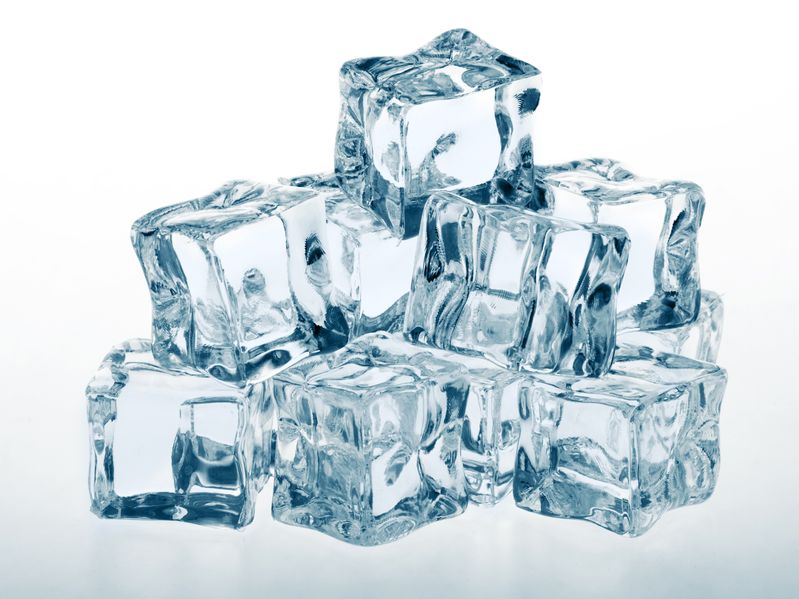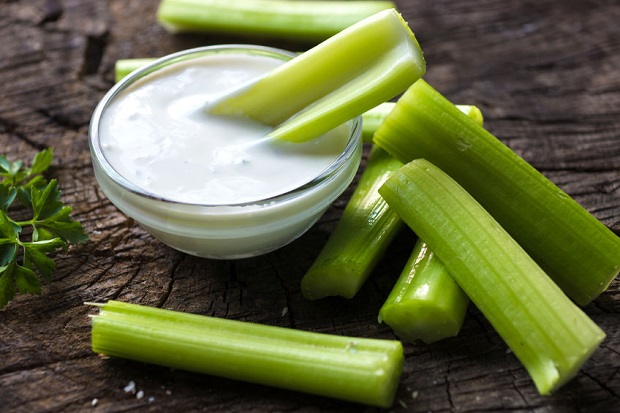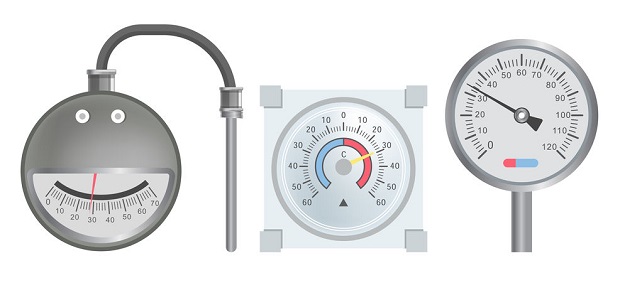
You can use a garbage disposal with a septic system, but the cost of maintaining the system will be higher. A garbage disposal can be used with a septic system, provided it is designed to accommodate the additional waste that is generated. However, frequent use of a garbage disposal can lead to an increased amount of solids and grease in the septic tank that will require it to be pumped out on a more frequent basis.
How Garbage Disposers Work
Garbage disposals shred food waste so that it can fit through plumbing pipes instead of being thrown away in the household waste that ultimately goes to a landfill. It is also a plus to have food scraps disposed of immediately versus having them start to decompose and cause odors in the garbage bin. To maintain a properly functioning garbage disposal, it is important to remember that only food items or water should be put down the disposal, and it is beneficial to run water while using the disposal and for a brief moment thereafter to assist the flow of the food scraps through the plumbing pipes.
How a Septic Tank Works
A septic tank works by microbes in the tank breaking down the solids into liquids that then percolate into the soil surrounding the septic system, after passing through the drain-field. Oils and grease generally do not readily decompose and contribute to sludge build-up in the septic tank. And using a garbage disposal makes it easier to dispose of many food scraps, resulting in additional strain on the septic system. To maintain a properly functioning septic system it is generally recommended that the septic tank should be pumped out annually if a garbage disposal is used, as compared to at least every three to five years without the use of a garbage disposal.
Choose a Septic Friendly Garbage Disposal
Many of today’s garbage disposals are designed to be septic tank friendly by ejecting enzymes every time the unit is used. For example, InSinkerator has a septic disposal unit that use a Bio-Charge enzyme solution that can be purchased as a replaceable cartridge. The solution is designed to reduce pipe buildup, break down waste, and help control odors.
Resources:
“A Homeowner’s Guide to Septic Systems.” Environmental Protection Agency. EPA, n.d. Web. 27 May 2010. www.epa.gov/owm/septic/pubs/homeowner_guide_long.pdf.
“Grease Disposal Program | Wastewater.” City of San Diego Official Website. N.p., n.d. Web. 27 May 2010. http://www.sandiego.gov/mwwd/sewerspill/grease.shtml.
“Septic Systems: How They Work and How to Keep Them Working.” Maine.gov. State of Maine, n.d. Web. 27 May 2010. www.maine.gov/dep/blwq/docgw/septic_systems.pdf.
Expert Opinion
“Remember: Regular pumping helps prevent solids from escaping into the drainfield and clogging soil pores. While pumping frequency is a function of use, MassDEP recommends that systems be pumped at least once every three years for homes not having a garbage disposal. If the home’s system has a garbage disposal, it should be pumped every year.”
How Often Should I Pump Out My Septic Tank? Mass Gov. Executive Office of Energy and Environmental Affairs
“A garbage disposal grinds up kitchen scraps, suspends them in water, and sends the mixture to the septic tank. Once in the tank, some of the materials are broken down by bacterial action, but most of the grindings have to be pumped out of the tank. Using a garbage disposal frequently can significantly increase the accumulation of sludge and scum in your septic tank, resulting in the need for more frequent pumping.”
A Homeowner’s Guide to Septic Systems US Environmental Protection Agency





